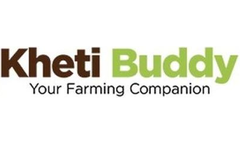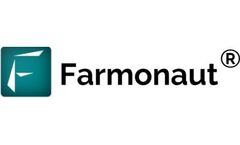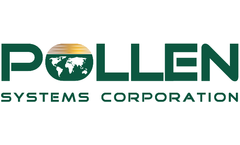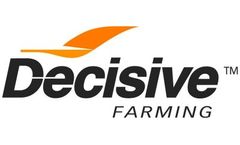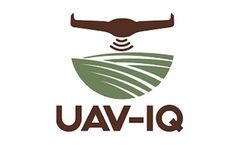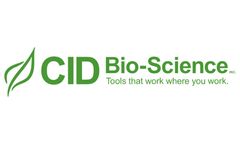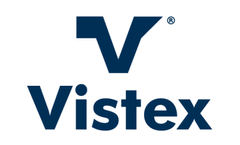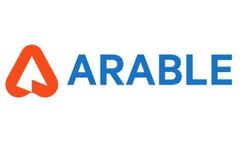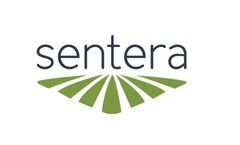Normalized Difference Vegetation Index Articles & Analysis: Older
28 articles found
The ThirdEye project supports farmers in Mozambique and Kenya with their decision making in farm and crop management by setting up a network of flying sensors operators. Our innovation is a major transformation in farmers’ decision making regarding the application of limited resources such as water, seeds, fertilizer and labor. Instead of relying on common-sense management, farmers are now ...
Precision agriculture is a revolutionary approach that leverages technology to optimize farming practices. Precision agriculture systems offer a modern solution to these age-old problems, enabling farms to enhance productivity, reduce waste, and improve sustainability. ...
One of India’s leading crop protection companies has harnessed the power of remote sensing technology to enhance its interactions with farmers. By offering valuable insights into crop management, covering aspects such as nutrition, irrigation, and pest and disease control. The company has improved the efficacy of crop protection strategies and strengthened its relationships with the farming ...
The yield was calculated using the NDVI (Normalized Difference Vegetation Index) and the Farmonaut platform helped in field mapping. ...
A formula is used to analyse the NIR data returned and provides Pollen Systems with two main metrics to measure plant vigor: NDVI (Normalized Difference Vegetation Index) and NDRE (Normalized Difference Red Edge). These vegetation indices are each unique ways to assess the health ...
With anywhere from five-to-seven zones in a field, all with differing soil characteristics and topography, each must be treated very differently. ...
I think upwards of a third of the world’s leafy green vegetables come from the area. We have pest pressures that might not be as common in a vineyard specific ...
With irrigation being used in many spheres of life and food production methods getting diversified, it is not surprising that research on this topic is getting more specialized. Procedures for analysis, which were restricted earlier to big institutions, need to be widely available so that their reach is extended and science will benefit from more in-depth studies. An increasing number of ...
Benefits of AgTech Software There are many ways AgTech software benefits farmers, providing visibility and insights into the day-to-day activities and operations, including the following: Decreases food-borne illnesses due to pathogens, ensuring better, safer nutrition sources Enables a larger variety of produce Creates a traceable trail from the grocer or restaurant back to the field, and ...
UNL and Nature Conservancy partner with Arable to establish a network of sensors for better access to local weather data. Fifty miles is a long way to drive to check a rain bucket on a center pivot. That's the challenge Chase Johnson dealt with whenever he wanted to know exactly how much rain fell on one of his ...
ByArable
Growers remain skeptical until these technologies succeed in the climate and conditions of their region and in their own hands – because the needs of growers in Kansas differ from those in Texas, as the needs of those growers in the Corn Belt differ from those in Western Australia. ...
These maps most often use the Normalized Difference Vegetation Index (NDVI) to measure vine vigor. NDVI has been the standard in the wine industry since the Mondavi Project in 1992. ...
ByVineView
Not all NDVI is created equal Normalized difference vegetation index (NDVI) imagery products have become increasingly common in precision agriculture applications. ...
For agriculture applications, operators simultaneously capture high-resolution color, NIR, and normalized difference vegetation index (NDVI) data — providing growers with precise crop-health imagery. ...
Previous attempts to use satellite or aerial imagery to assess soil salinity have found limited success in part because of the inability of methods to isolate the effects of soil salinity on vegetative growth from other factors. This study evaluated the use of Moderate Resolution Imaging Spectroradiometer (MODIS) imagery in conjunction with directed soil sampling to assess and ...
.; ‘Salam’) in Naples, FL in summer 2006 on a 2.5 m grid for volumetric water content (VWC) by time-domain reflectrometry at field capacity and normalized difference vegetative index (NDVI). Objectives were to determine suitability of the GPS-enabled mapping device and to develop protocols for defining and characterizing SSMUs by ...
The economic optimum nitrogen rate (EONR) was determined based on grain yield response to sidedress N rates. Relative green normalized difference vegetation index (GNDVI) and relative SPAD were based on relative measurements from the zero sidedress treatment to the 280 kg N ha–1 at-planting treatment. ...
Vine leaf area index has a great impact on berry quality. This study was conducted to determine whether vine leaf area index could be estimated, and mapped through normalized difference vegetation index (NDVI) ground-based measurements. ...
A ground-based active sensor was used at the sixth- to seventh-leaf growth stage (V6–V7) to collect reflectance data at 590 and 880 nm, which were then used to calculate the Green Normalized Difference Vegetation Index (GNDVI). The EONRs for sidedress N application for the 24 preplant treatment–site combinations ranged from 0 to ...
The objectives of this research are (i) to evaluate different vegetative indices derived from an active reflectance sensor in estimating in-season N requirements for corn, and (ii) to consider the influence of the N:Corn price ratio on the economic optimum nitrogen rate (EONR) developed using these indices. ...


